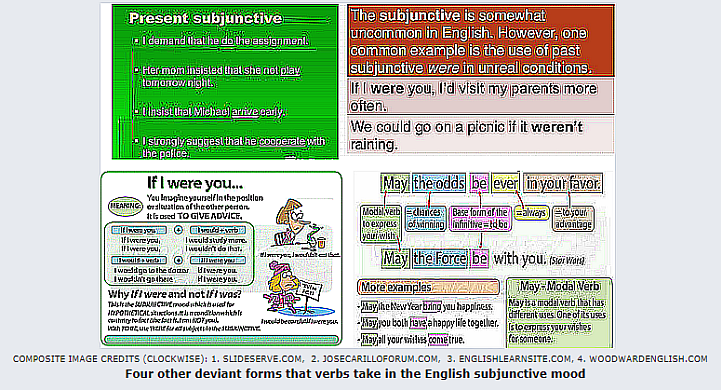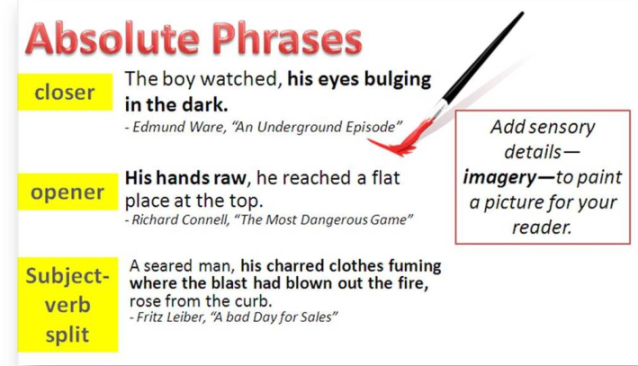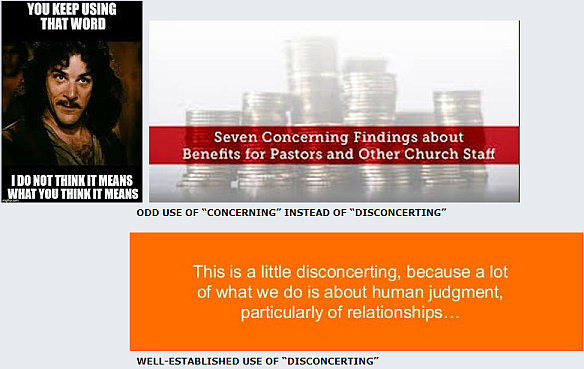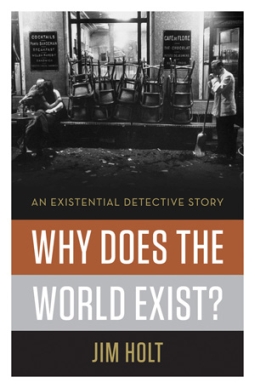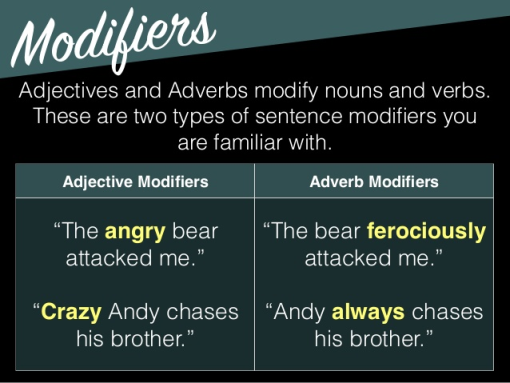11
Site Announcements / Playlist Update for March 23 - 29, 2024 of the Forum's Facebook Gateway
« Last post by Joe Carillo on March 26, 2024, 07:15:00 PM »PLAYLIST UPDATE FOR MARCH 23 - 29, 2024 OF JOSE CARILLO ENGLISH FORUM’S FACEBOOK GATEWAY
Simply click the web links to the 15 featured English grammar refreshers and general interest stories this week along with selected postings published in the Forum in previous years:
1. Essay by Jose Carillo: "The Tree of Life, aka The Tree of Knowledge”

2. Use and Misuse: “What are substantive and attributive clauses?”
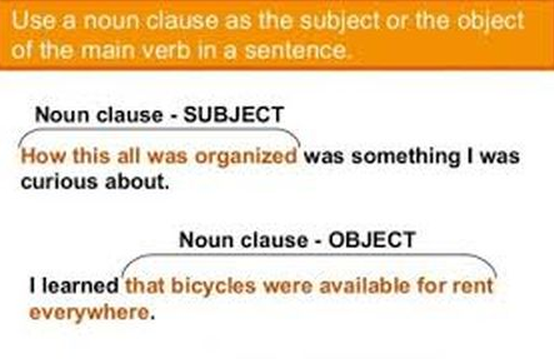
3. Getting to Know English: "The grammar of antecedents in English”
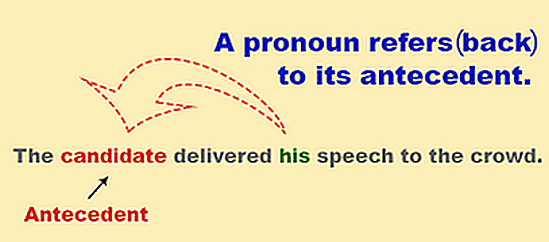
4. You Asked Me This Question: "Is there such a thing as a complex-complex sentence?”

COMPOUND-COMPLEX SENTENCES, YES, BUT THERE ARE
NO COMPLEX-COMPLEX SENTENCES
5. Getting to Know English: "Some perplexing aspects of noun usage in English”

6. Students’ Sounding Board: "Is the multiple use of the first-person 'I' necessarily a redundancy?"


7. English Grammar Basics Refresher: “A puzzling peculiarity of grammatical objects in English”

8. You Asked Me This Question: “Simple random questions that need a lot of explaining to answer”

9. Language Humor at its Finest: "Gems of the fine but now vanishing art of persiflage”

10. Essay by Jose Carillo Retrospective: “A personal tribute to the late Nobel Laureate Gabriel García Márquez”


11. Time Out From English Grammar: “A chronicle of the discoveries that shaped the Copernican revolution”
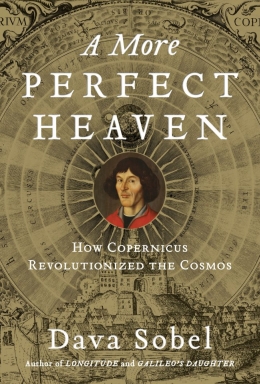
12. Advice and Dissent: "After over 500 years, will the true site of the first Holy Mass be affirmed at last?”

The environs of 1521 Butuan and map of Mazaua Island as drawn by Pigafetta in his chronica
13. Readings in Language: "Five ostensibly factual expressions we need to take with a grain of salt”

14. Time Out From English Grammar: "Revisiting our faith this Good Friday” by Maximo Tumbali, Forum Contributor

15. The Forum Lounge Retrospective: “Things my Mother taught me,” shared with us by Ben Sanchez, Forum Contributor

Simply click the web links to the 15 featured English grammar refreshers and general interest stories this week along with selected postings published in the Forum in previous years:
1. Essay by Jose Carillo: "The Tree of Life, aka The Tree of Knowledge”

2. Use and Misuse: “What are substantive and attributive clauses?”

3. Getting to Know English: "The grammar of antecedents in English”

4. You Asked Me This Question: "Is there such a thing as a complex-complex sentence?”

COMPOUND-COMPLEX SENTENCES, YES, BUT THERE ARE
NO COMPLEX-COMPLEX SENTENCES
5. Getting to Know English: "Some perplexing aspects of noun usage in English”

6. Students’ Sounding Board: "Is the multiple use of the first-person 'I' necessarily a redundancy?"


7. English Grammar Basics Refresher: “A puzzling peculiarity of grammatical objects in English”

8. You Asked Me This Question: “Simple random questions that need a lot of explaining to answer”

9. Language Humor at its Finest: "Gems of the fine but now vanishing art of persiflage”

10. Essay by Jose Carillo Retrospective: “A personal tribute to the late Nobel Laureate Gabriel García Márquez”


11. Time Out From English Grammar: “A chronicle of the discoveries that shaped the Copernican revolution”

12. Advice and Dissent: "After over 500 years, will the true site of the first Holy Mass be affirmed at last?”

The environs of 1521 Butuan and map of Mazaua Island as drawn by Pigafetta in his chronica
13. Readings in Language: "Five ostensibly factual expressions we need to take with a grain of salt”

14. Time Out From English Grammar: "Revisiting our faith this Good Friday” by Maximo Tumbali, Forum Contributor

15. The Forum Lounge Retrospective: “Things my Mother taught me,” shared with us by Ben Sanchez, Forum Contributor



 Recent Posts
Recent Posts
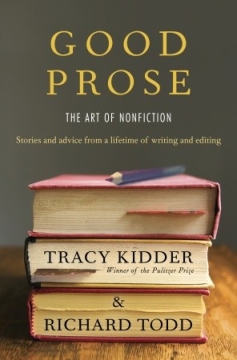
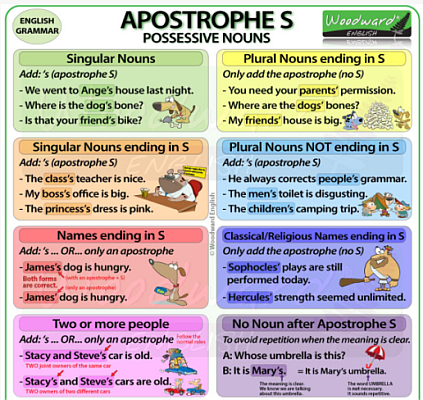
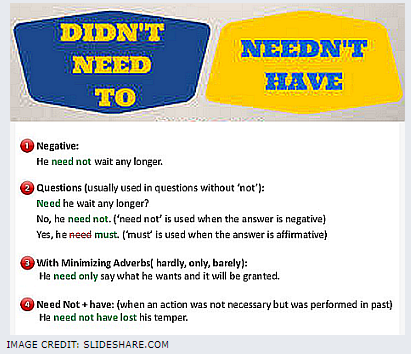
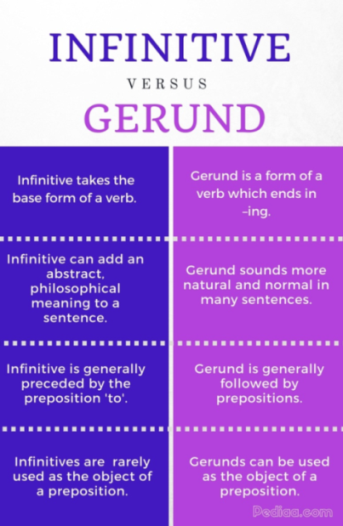





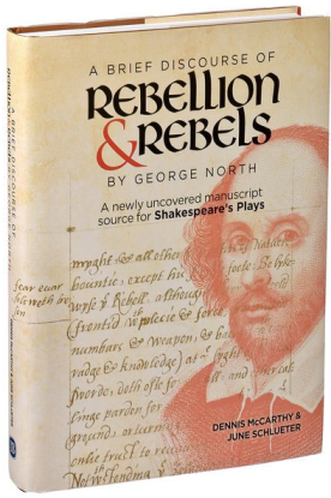

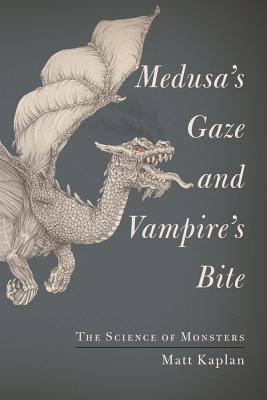



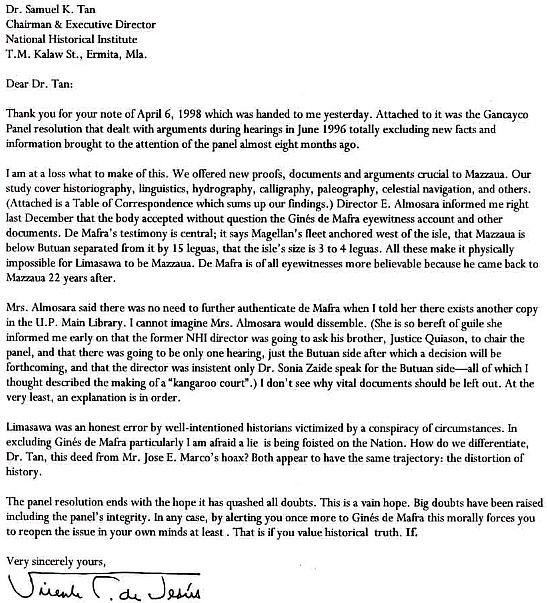
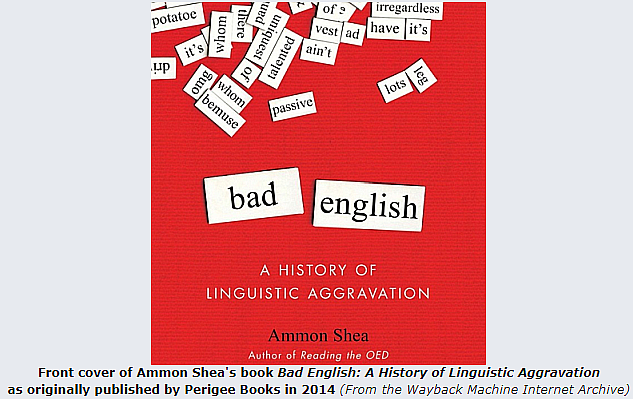





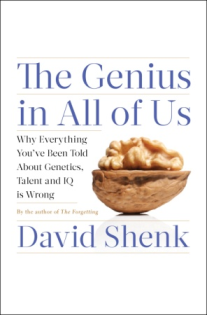
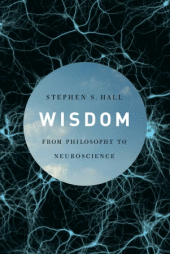





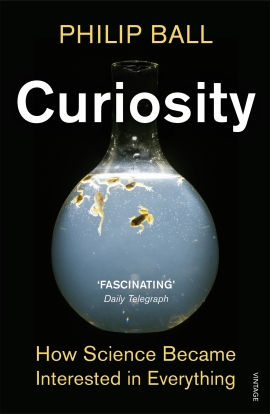





_-_31.jpg)
